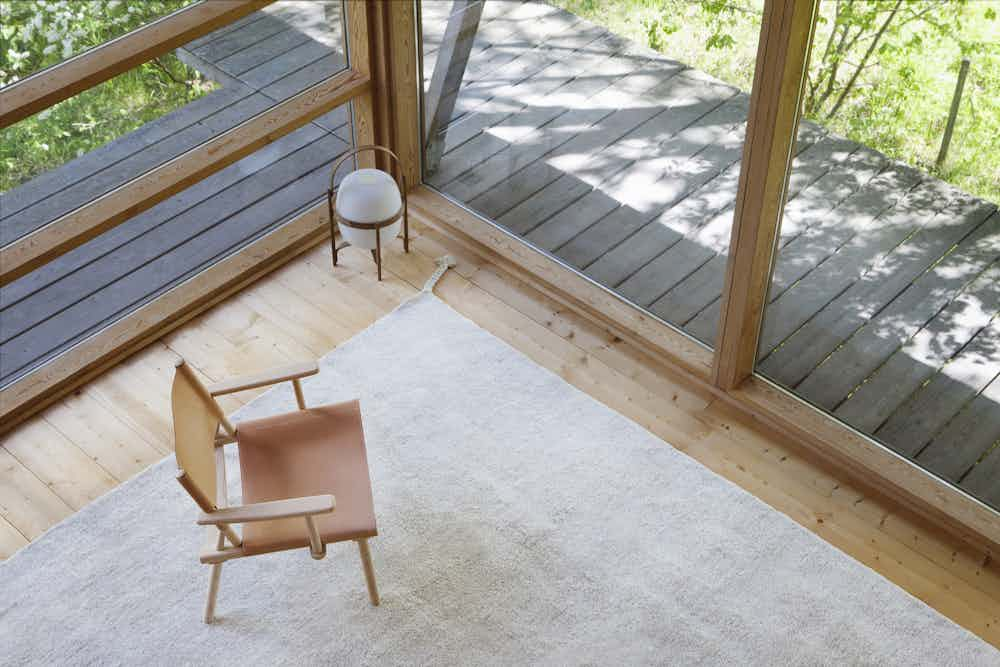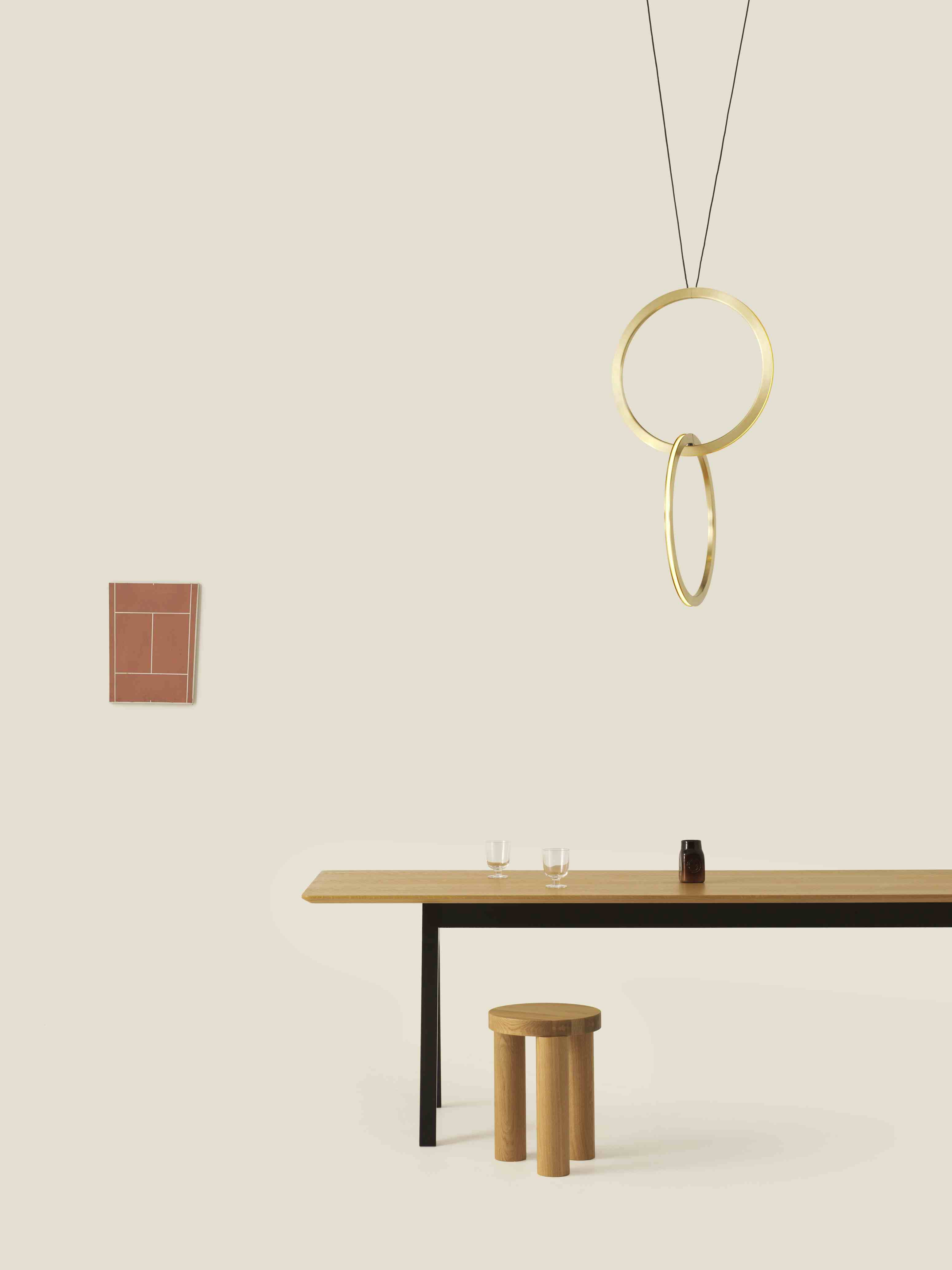Torii is the Japanese name for the characteristic wood entrance arches to Shinto shrines in Japan, and translates directly into English as "bird perch". The Torii Chair is a simple yet subtly sophisticated wood dining chair, defined by its closely spaced back legs, broad seat, and small arched backrest.
At the very heart of Japandi design, which draws inspiration from both Japanese and Scandinavian philosophies, lies the concept of minimalism. Both Japanese and Scandinavian aesthetics seek simplicity and authenticity. However, this doesn't imply living in a stark and bare room devoid of personal touches or comforts. Instead, minimalism in Japandi design involves stripping away unnecessary ornamentation that would otherwise clutter the space. The focus is on clean lines, open spaces, and the absence of clutter, allowing for harmony with one's environment.
The minimalistic aesthetics of both Japanese and Scandinavian cultures are deeply rooted in traditional principles such as Wabi-Sabi and Hygge. While they may appear distinct at first glance, upon closer examination, they share many similarities. Both cultures have evolved in challenging natural landscapes and, despite their differences, are closely connected.
Japandi is not just a design trend, but a philosophy and lifestyle.
Inspired by the Japanese Katana sword rest, the wooden Yke Dining Table mirrors the same exquisite balance of functionality and aesthetics. Its low center of gravity, slender legs and sturdy chassis, rounded edges and floating top, give the Yke its refined and airy appearance.
The self-supporting Carlo Ran Library Bookcase, designed by Carlo Forcolini, is inspired by the temple doors seen in China and Japan.
The December Lounge Chair was designed by Jasper Morrison and Wataru Kumano in 2016. The chair is light and comfortable, and thanks to its simple Nordic design it suits both modern and traditional interiors.
The Offset Stool is a playful and irregular screw together furniture piece which displays the beauty of solid oak in generous proportions. Each of its legs attaches to the top by way of an off-centre threaded connector - ensuring that each leg finally rests in an individualistic position. Solid, stable and hardwearing, this piece can also be used as a side table. Designed by Philippe Malouin.

Nao Tamura designed the July Table thinking about the log piles in the forest. The round, organic shapes of the product make it easy to combine many together, or use just one. Frame and two of the circles are oak, and one circle is always elm. July is very versatile how it can be used. It works as a side table, bedside table, or as a stool.
Inspired by the simple yet structural form of stones, the Pebble Pendant features two glass blown shapes which come together to create a seemingly bespoke pendant fixture - endlessly evolving in shape as it appears from different angles. Designed for ANDlight by Lukas Peet.
Meaning 'to sit at ease' in Japanese, the Anza Bench was designed by Portuguese designer Rui Pereira and Japanese designer Ryosuke Fukusada. The two have collaborated on projects that tap into their respective cultural heritage to engage users in new and unexpected design experiences.
Shiko is a ritual exercise performed by Sumo wrestlers, which involves lifting the legs and stomping hard on the floor to chase away evil spirits. Like that ritual, e-ggs have designed the Shiko Wiin Bed, evoking a sense of solidity and safety. Its strength lies in the softness of its headboard.
To find out how our pieces can enhance your design project, please contact us at 312.329.9000 for Chicago or 212.262.9000 for New York or email [email protected]. Haute Living's design professionals are ready to assist your needs in every aspect of the design process - from conception and technical specification to final delivery and installation.


















